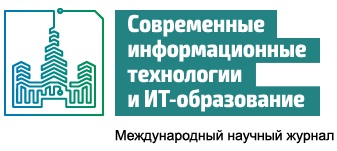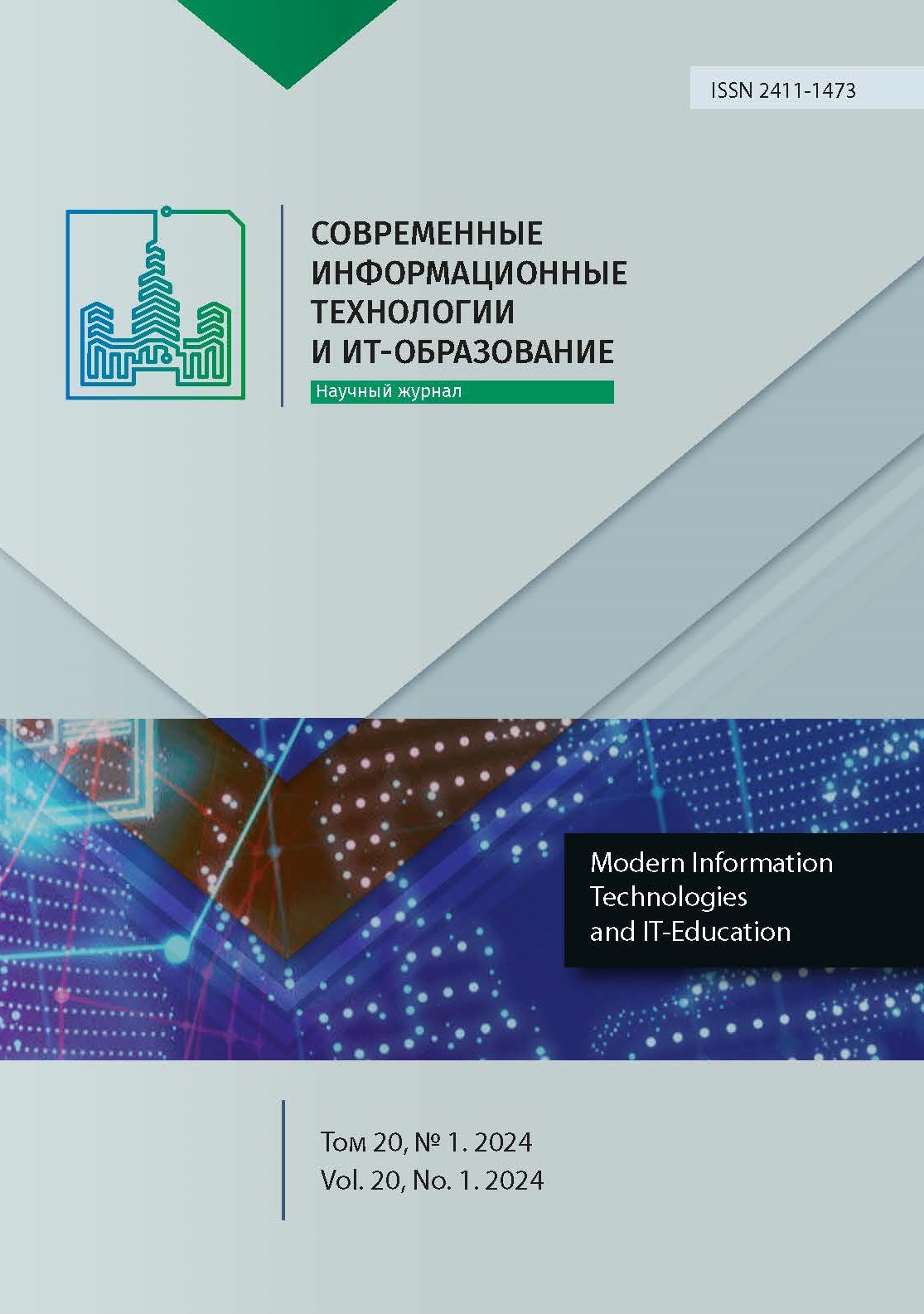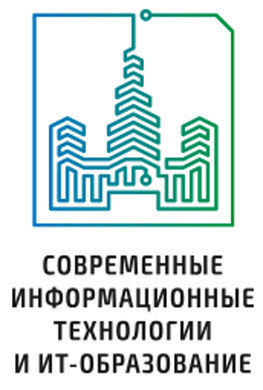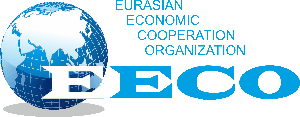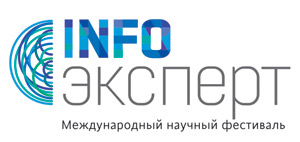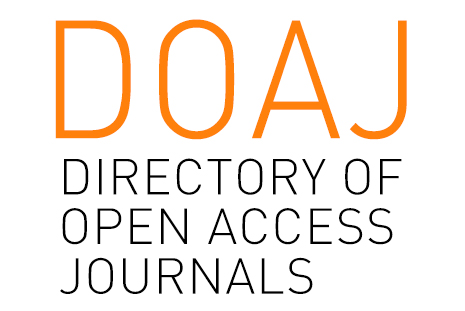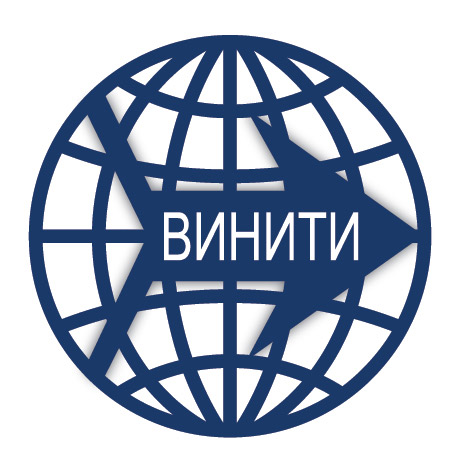Attitude of Students of Computer Science Specialites to Including Computer Simulators and Business Games in the Academic Process
Abstract
In the process of training in the Perm branch of the Higher School of Economics, risk management students pass the ACC methodology. With the help of this methodology the system of control of technological operations of electric motor repair was analyzed. The tasks of the system are to ensure assignment of repair operations to a motor that has come to the company, to store the start and end times of operations, to store information about the employees responsible for each operation and to allow viewing the lists of completed and ongoing repairs. The ACC technique was chosen to analyze the system because it allows us to find hidden problem areas of the application and assess the probability of their failure. The application of ACC should help to increase the quality of the system. The essence of ACC application is to analyze the system according to several parameters: attributes (adjectives - goals and purpose of the product), components (nouns - parts of the system) and actors (users), at the intersection of the parameters there are system capabilities (verbs - what the product can do), for which their risk value is assessed according to two dimensions - frequency and criticality. Then a unified table was created, where rows are attributes, columns are components, and at their intersection are capabilities. Each opportunity is assigned its risk value and a general heat map is drawn up, where red are the strongest risks, green is the least strong, which allows testing the system more efficiently, since the opportunities with the highest risk value are tested first. As a result of the work done, a test plan, test cases and scenario testing was done, which increased the quality of the system. After the application of ACC, the system was reevaluated and the performance of ACC compared to other techniques was evaluated.
References
2. Safiullin R.Z. Technology development of testing in education. Education Management: Theory and Practice. 2015;(1):139-149. (In Russ., abstract in Eng.) EDN: TNGDAN
3. Karpunin A.A., Ganev Yu.M., Chernov M.M. [Quality Assurance Methods for Designing Complex Software Systems]. Reliability and Quality of Complex Systems. 2015;(2):78-84. (In Russ., abstract in Eng.) EDN: UIQABT
4. Galimova E.Yu. Methods of selection an automated, manual and semi-automated method of testing a software product based on quality criteria. News of the Tula State University. Technical sciences. 2019;(7):248-256. (In Russ., abstract in Eng.) EDN: QBRJOH
5. Vos T.E.J., Marín B., Escalona M.J., Marchetto A. A Methodological Framework for Evaluating Software Testing Techniques and Tools. In: 2012 12th International Conference on Quality Software. Xi'an, China: IEEE Press; 2012. p. 230-239. https://doi.org/10.1109/QSIC.2012.16
6. Polevshchikov I.S., Chirkov M.S., Levanov A.V. Automated system for developing test plans for software testing. Engineering journal of Don. 2019;(8):29. (In Russ., abstract in Eng.) EDN: HTKVBV
7. Sinyaya M., Ulyanova N. Testing the software: concept, classification, practice of application. Vestnik cifrovoj jekonomiki. 2020;(1):55-64. (In Russ., abstract in Eng.) EDN: KYJZAW
8. Bernardo S., et al. Software Quality Assurance as a Service: Encompassing the quality assessment of software and services. Future Generation Computer Systems. 2024;156:254-268. https://doi.org/10.1016/j.future.2024.03.024
9. Vavilov N.A. Computers As a Novel Mathematical Reality: III. Mersenne Numbers and Sums of Divisors. Doklady Mathematics. 2023;107(3):173-204. https://doi.org/10.1134/S1064562423700783
10. Shakirova A.I., Khasyanov A.F., Dautov E.F. Reduction of testing time software. Modern high technologies. 2019;(7):104-109. (In Russ., abstract in Eng.) EDN: XNHLRU
11. Vildanova K.I. Choosing a software testing method. Uchenyye zapiski UlGU. Seriya "Matematika i informatsionnyye tekhnologii". 2022;(2):31-37. (In Russ., abstract in Eng.) EDN: ANTMVJ
12. Moiseev D.A. [Manual Testing Methodology and Process]. Reliability and Quality of Complex Systems. 2017;(3):107-112. (In Russ., abstract in Eng.) https://doi.org/10.21685/2307-4205-2017-3-16
13. Martinov G.M., Sukhanova N.V., Kozak N.V. Increasing reliability of the control systems software with help of automating the process of testing. Instruments and Systems: Monitoring, Control, and Diagnostics. 2009;(11):23-28. (In Russ., abstract in Eng.) EDN: KZPVJJ
14. Lubkov N., Stepanyants A., Viktorova V. Reliability models and analysis of systems with protection. Avtomatika i telemehanika = Automation and Remote Control. 2018;(7):117-137. (In Russ., abstract in Eng.) https://doi.org/10.31857/S000523100000271-2
15. Dutta S., Zhang W., Huang Z., Misailovic S. Storm: program reduction for testing and debugging probabilistic programming systems. In: Proceedings of the 2019 27th ACM Joint Meeting on European Software Engineering Conference and Symposium on the Foundations of Software Engineering (ESEC/FSE 2019). New York, NY, USA: Association for Computing Machinery; 2019. p. 729-739. https://doi.org/10.1145/3338906.3338972
16. Zafar M.N., Afzal W., Enoiu E. Evaluating system-level test generation for industrial software: a comparison between manual, combinatorial and model-based testing. In: Proceedings of the 3rd ACM/IEEE International Conference on Automation of Software Test (AST '22). New York, NY, USA: Association for Computing Machinery; 2022. p. 148-159. https://doi.org/10.1145/3524481.3527235
17. Khaydarov Sh.A., Alikulov T. A. Mathematical Model of the Restored Technical System Reliability. International Journal of Computation and Applied Sciences. 2022;(5):11-17. https://doi.org/10.24411/2413-2101-2022-10501
18. Khaneghah M.Z., Alzayed M., Chaoui H. Fault Detection and Diagnosis of the Electric Motor Drive and Battery System of Electric Vehicles. Machines. 2023;11(7):713. https://doi.org/10.3390/machines11070713
19. Gagarina L.G., Bukarev A.V. A method for automated testing of consumer electronics devices using remote procedure calls and cloud services. Proceedings of Universities. Electronics. 2023;28(5):687-699. (In Russ., abstract in Eng.) https://doi.org/10.24151/1561-5405-2023-28-5-687-699
20. Utkin A.V., Kozlova Yu.D. Cloud technologies in the task of automating development and testing software. International Journal of Humanities and Natural Sciences. 2024;(4-5):146-151. (In Russ., abstract in Eng.) https://doi.org/10.24412/2500-1000-2024-4-5-146-151
21. Surkova L.E., Bulycheva S.A. Automation of regression testing processes in software development and modernization. Information technology Vestnik. 2022;(3):73-81. (In Russ., abstract in Eng.) EDN: IVDOKW
22. Fransiskus Anindita Kristiawan Pramana Gentur Sutapa, et al. A Review of Automated Testing Approach for Software Regression Testing. IOP Conference Series: Materials Science and Engineering. 2019;846:012042. https://doi.org/10.1088/1757-899X/846/1/012042
23. Sethi A. A review paper on levels, types & techniques in software testing. International Journal of Advanced Research in Computer Science. 2017;8(7):269-271. https://doi.org/10.26483/ijarcs.v8i7.4236
24. Mayeda M., Andrews A. Chapter Two – Evaluating software testing techniques: A systematic mapping study. Advances in Computers. 2021;123:41-114. https://doi.org/10.1016/bs.adcom.2021.01.002
25. Isha S.S. Software Testing Techniques and Strategies. International Journal of Engineering Research and Applications. 2014;4(4):99-102. Available at: https://www.ijera.com/papers/Vol4_issue4/Version%209/S440999102.pdf (accessed 15.11.2023).

This work is licensed under a Creative Commons Attribution 4.0 International License.
Publication policy of the journal is based on traditional ethical principles of the Russian scientific periodicals and is built in terms of ethical norms of editors and publishers work stated in Code of Conduct and Best Practice Guidelines for Journal Editors and Code of Conduct for Journal Publishers, developed by the Committee on Publication Ethics (COPE). In the course of publishing editorial board of the journal is led by international rules for copyright protection, statutory regulations of the Russian Federation as well as international standards of publishing.
Authors publishing articles in this journal agree to the following: They retain copyright and grant the journal right of first publication of the work, which is automatically licensed under the Creative Commons Attribution License (CC BY license). Users can use, reuse and build upon the material published in this journal provided that such uses are fully attributed.
